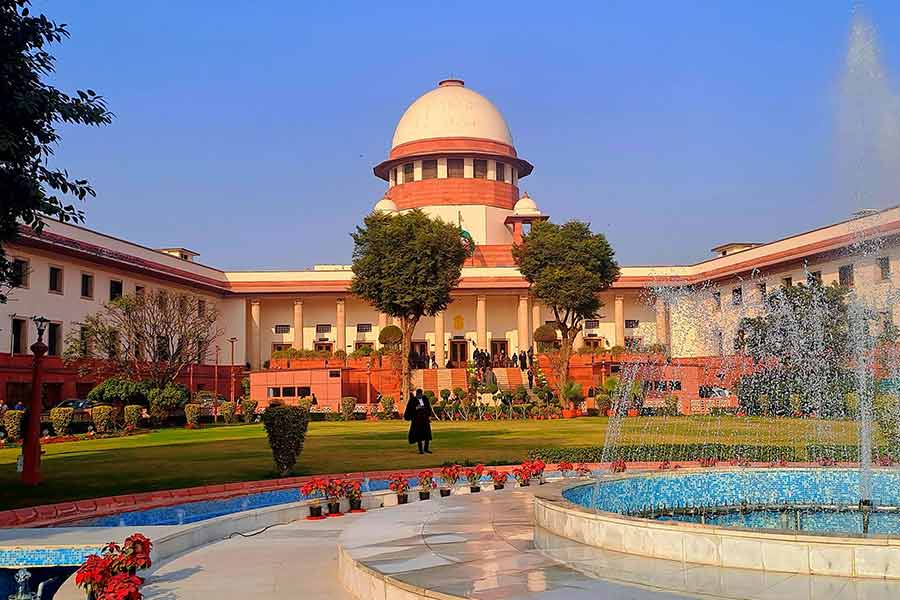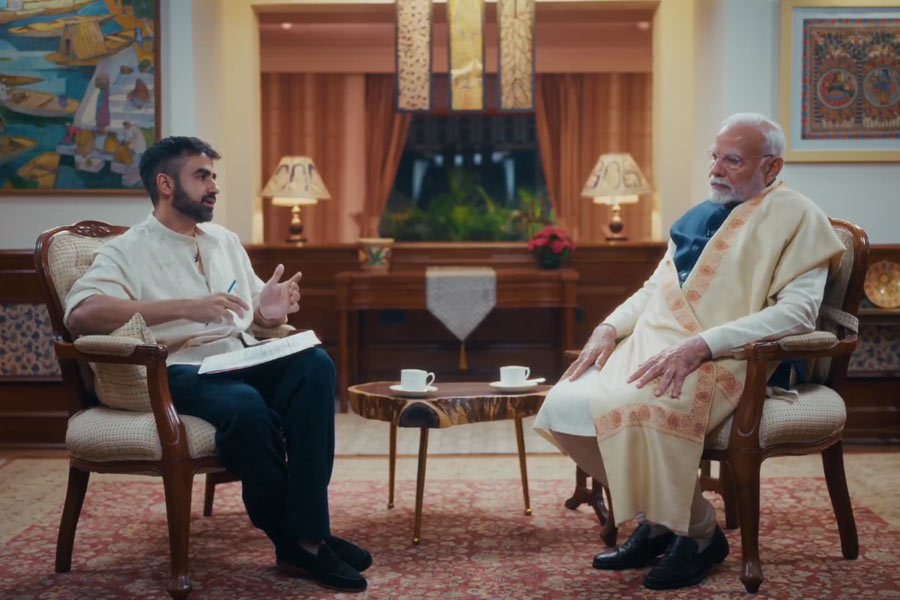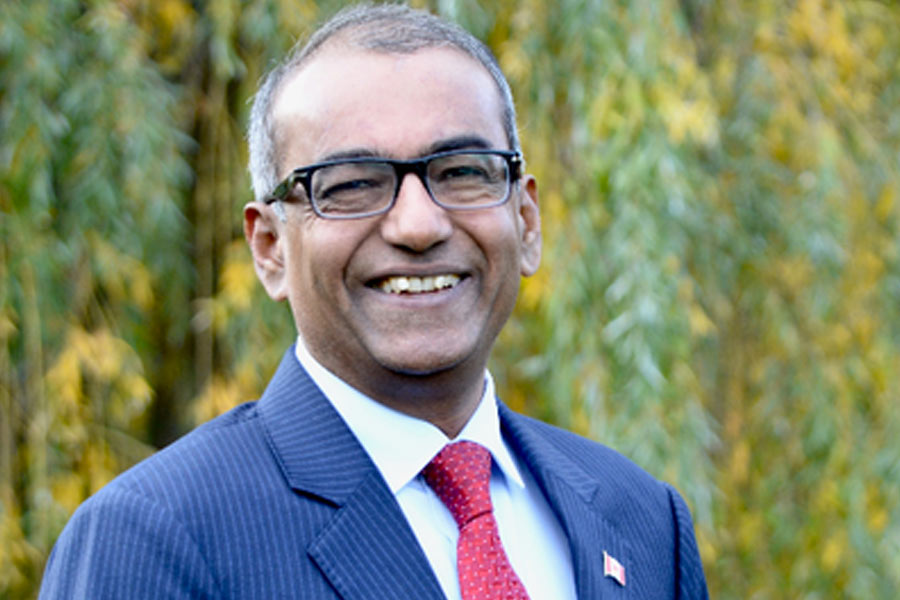The number of women in India developing breast cancer, particularly in urban areas, has been rising steadily over the last 20 years. There are several factors that contribute, such as early menarche and an inactive lifestyle. Unfortunately, the age at which the cancer strikes has also been dropping. It was considered a disease that occurred after the age of 50, but now women in their 20s are being affected. Although breast cancer can occur in men too, the percentage is very small.
The risk of developing the cancer increases if menarche is early (before the age of 12) and menopause is late (after 55). Sometimes, genes may contribute to the risk. There are the well-known BRAC1 and BRAC2 genes, which are associated with both breast and ovarian cancer. About 20 other genes that increase the risk have also been identified. Tests for the presence of these genes is not universally available or practical. It means that any breast or menstrual symptoms should be taken seriously, especially if you have first-degree relatives who have these cancers.
Even if you are genetically prone, the risk decreases if you have five or more children and breastfeed them for a year. This is not practical — three or more children increases the risk of cervical cancer. Also, the first pregnancy should be under the age of 20. Impractical, when the government has been trying to raise the age of marriage. The risk increases with obesity, if hormones pills are taken after menopause, exposure to cigarette smoke (even second-hand) and regular consumption of alcohol.
Many women between 15 and 35 years develop lumpy breasts, which become painful before the periods. Sometimes, the breasts may feel nodular and actually have well-defined lumps. These “fibrocystic” breasts and “fibroadenomas” are harmless and non-cancerous. Sometimes, if the lump is large and well-defined, it may require a biopsy or need to be removed surgically.
Breast self-examination should begin at age 20. First, it should be performed standing in front of a mirror. Check for discrepancies in the size of the breasts or any irregular appearance. Look for nipple discharge. Feel the breasts. Cover every area of the breast using the right hand for the left breast and the left hand for the right. Next, lie down and repeat the examination. This should be done on the same date every month so that it is in the same phase of your menstrual cycle. Many early cancers are detected this way. If a lump is found, it needs to be evaluated by a doctor.
A diagnosis of breast cancer is not a cause for panic. It is one of the most treatable cancers. Early and appropriate treatment with surgery, chemotherapy and radiation often means the cancer can be eradicated. Follow-up keeps the cancer in check. Many survive 20 years or more and lead meaningful lives.
To reduce your chances of breast cancer:
• Achieve and maintain your ideal body weight
• Be active and exercise aerobically (walking, jogging, running or swimming) for 40 minutes a day
• Eat 4-6 helpings of fresh fruits and vegetables daily. Reduce food with trans fats and preservatives
• Drink in moderation, just two drinks a week
• Do not smoke or even be around smokers
• Breastfeed your children for one year
• Perform breast self-examination every month
• Annual mammograms between the ages of 45 and 55. After that, every two years










